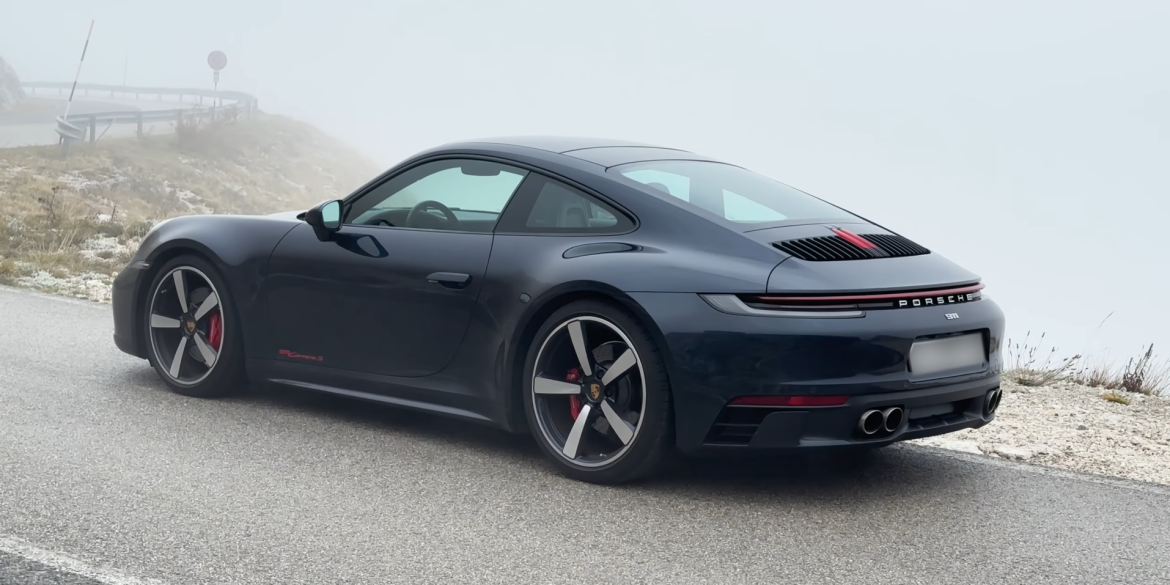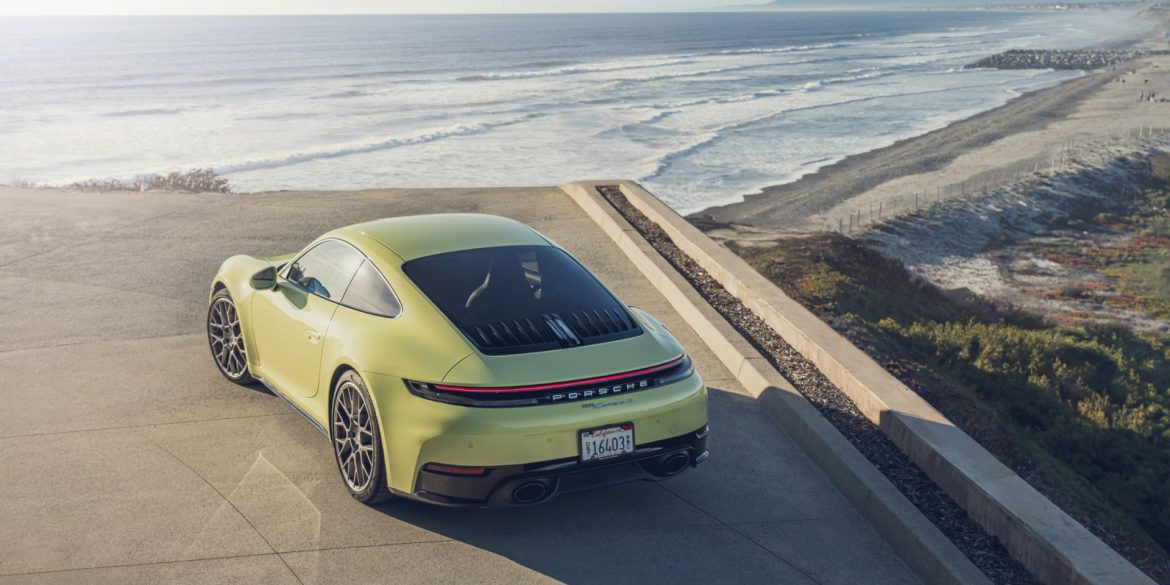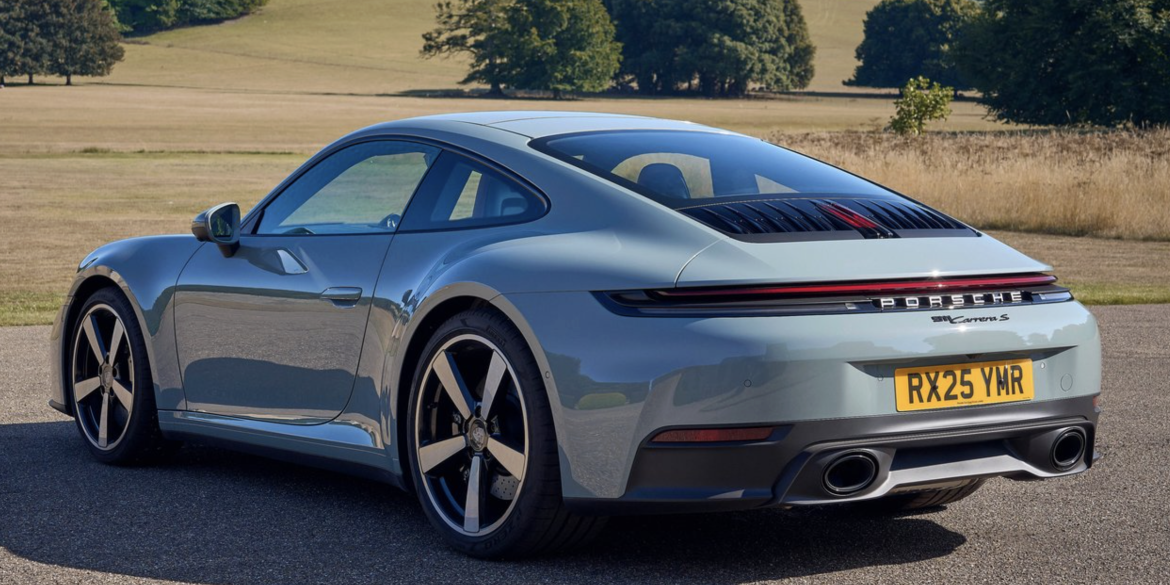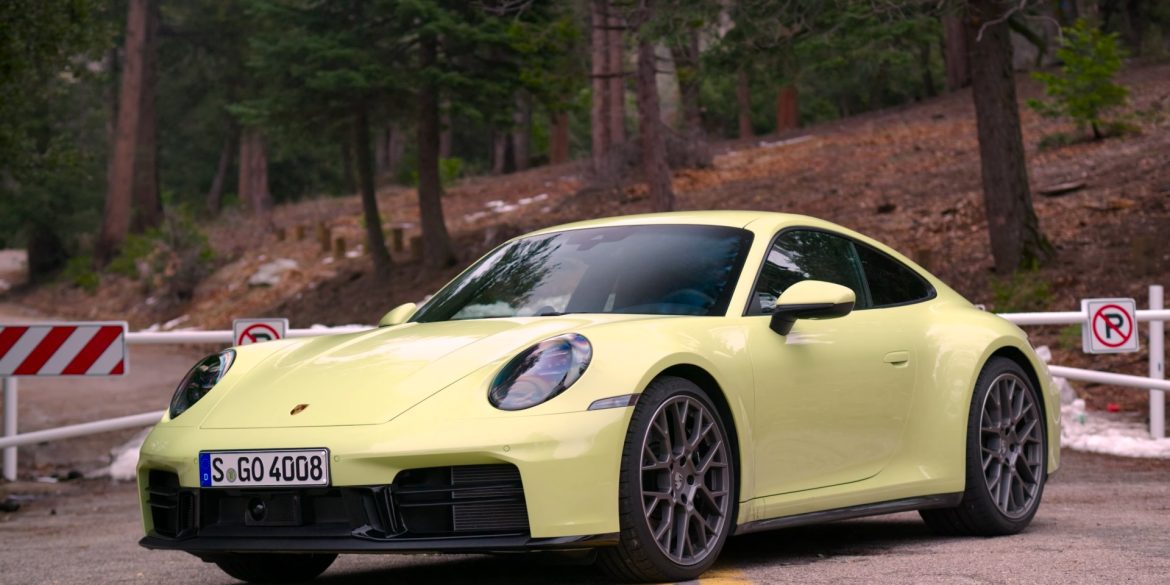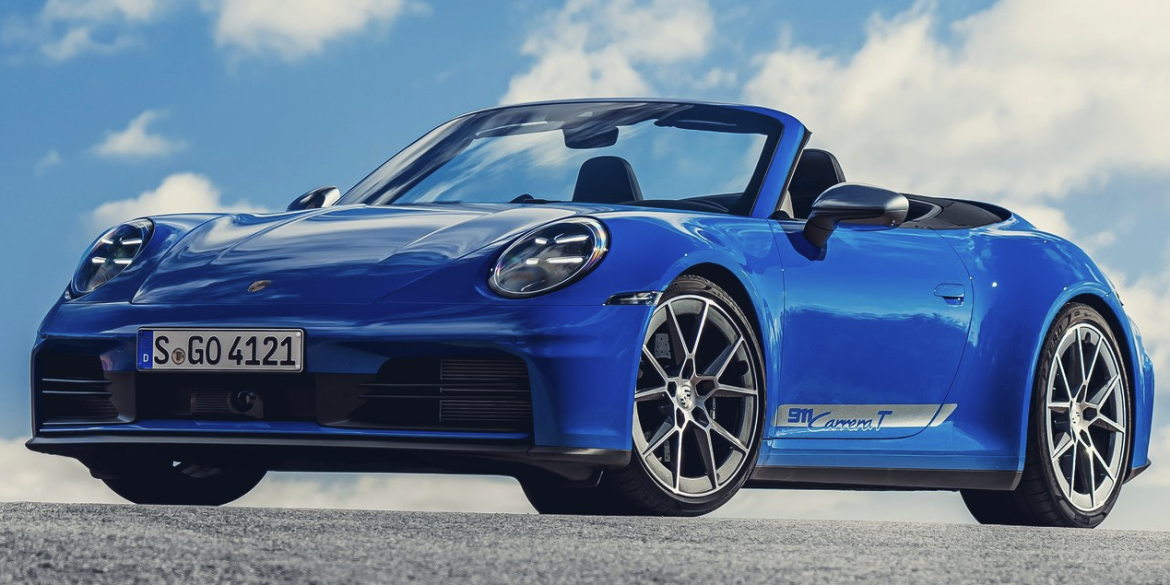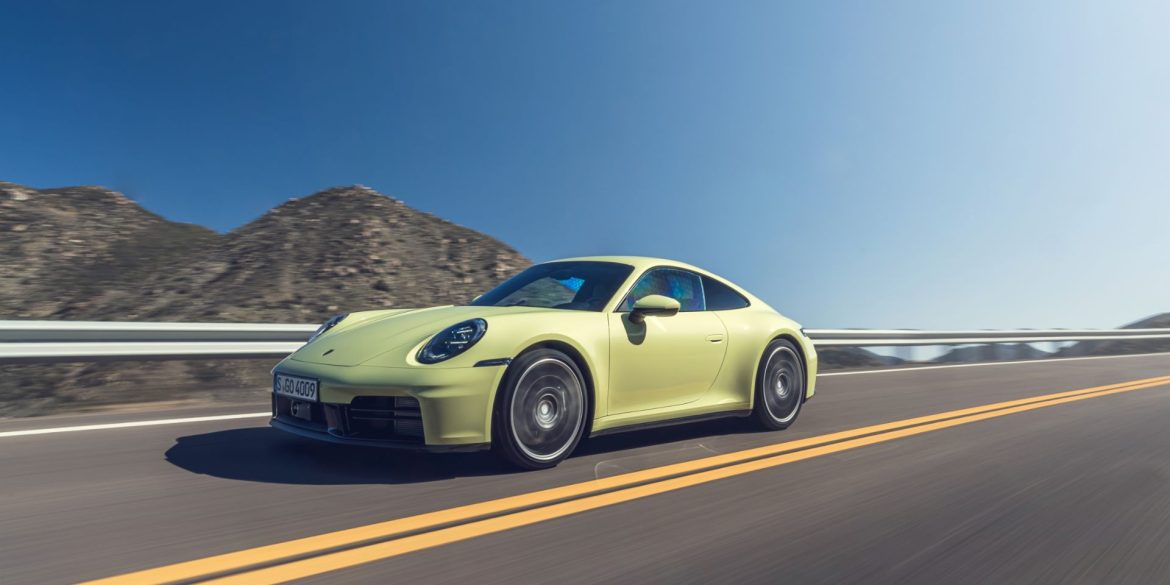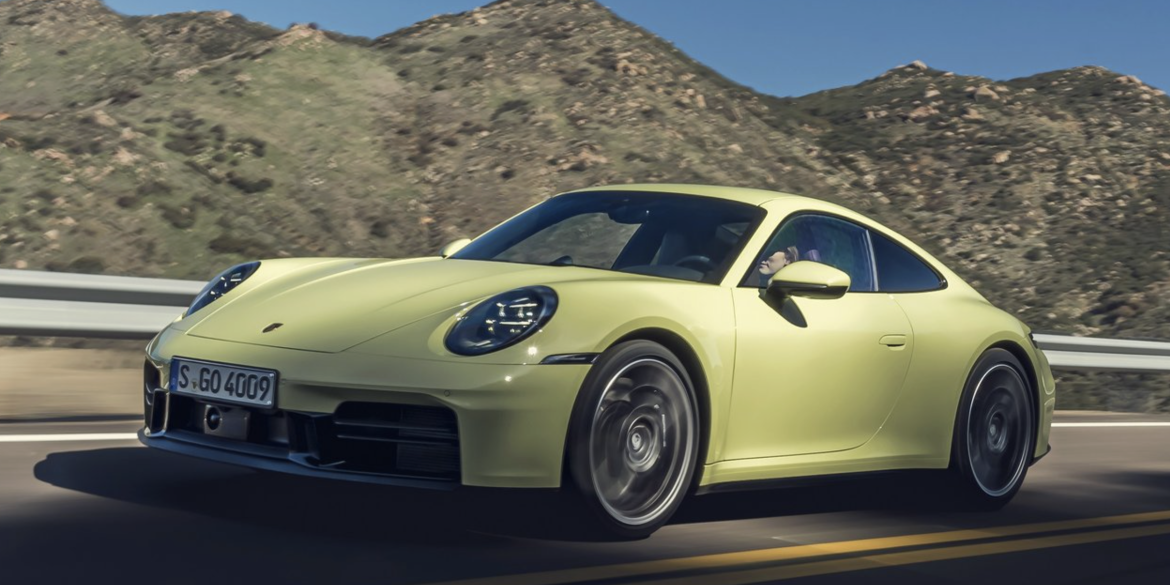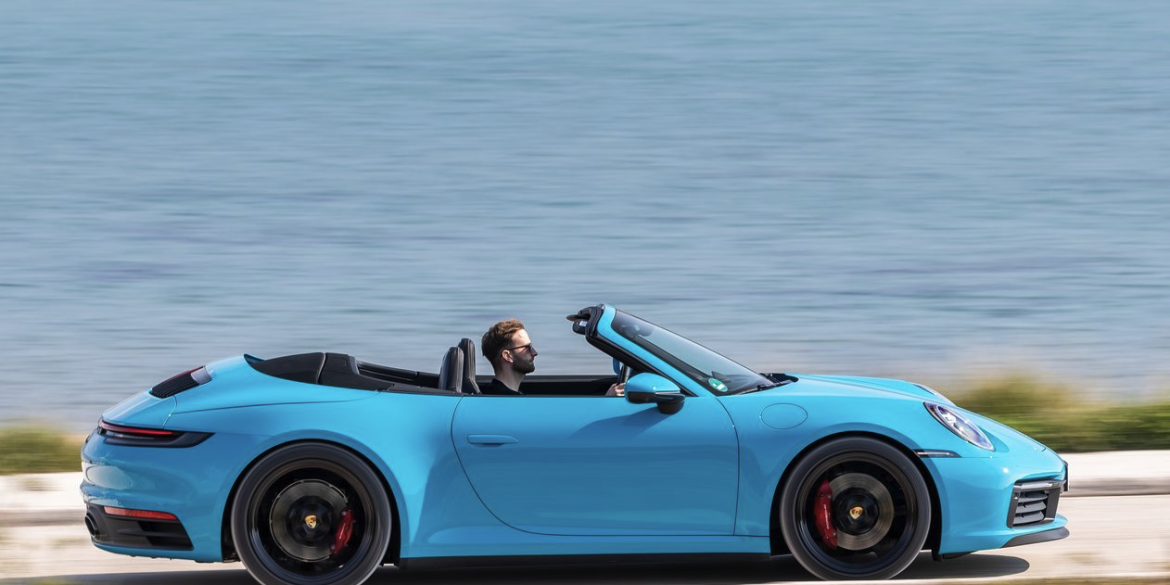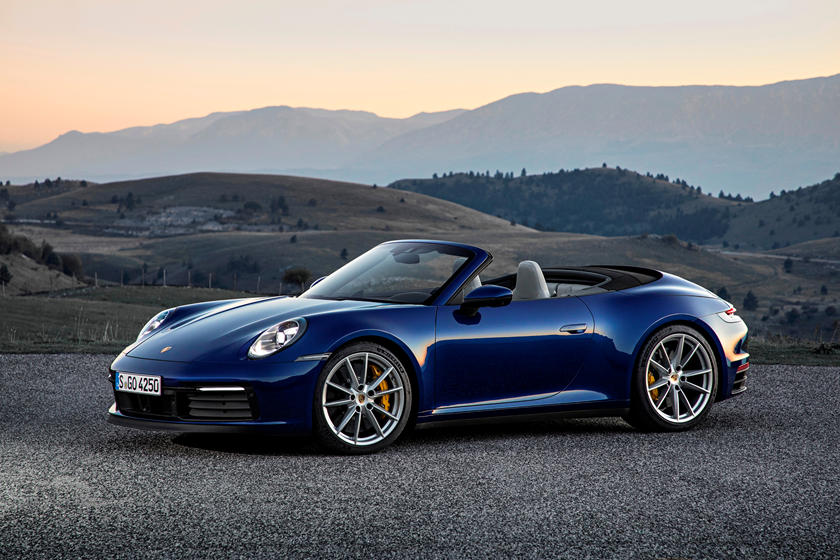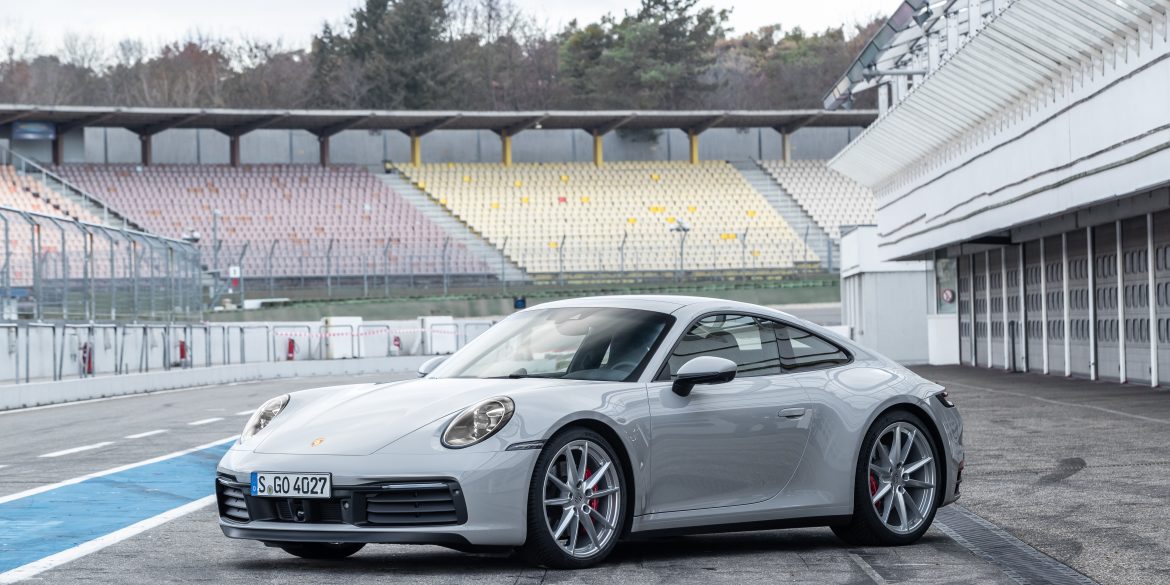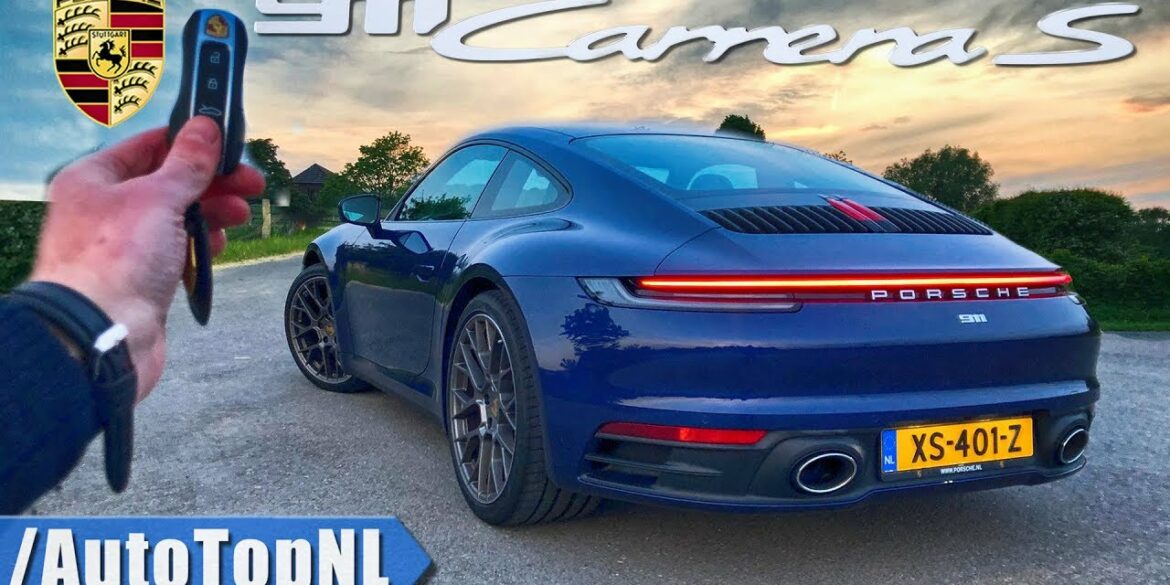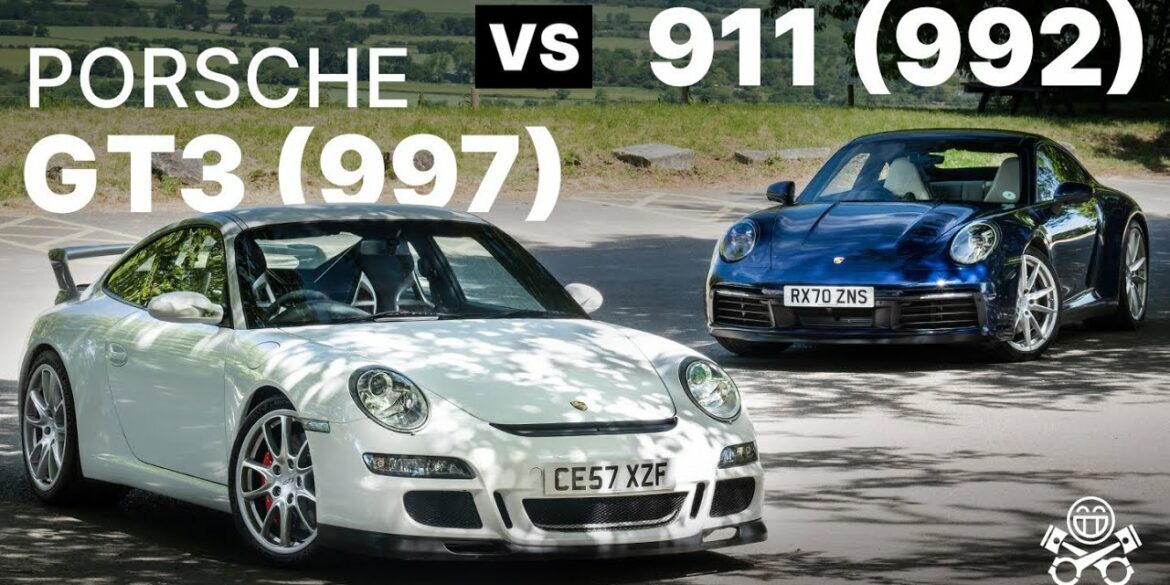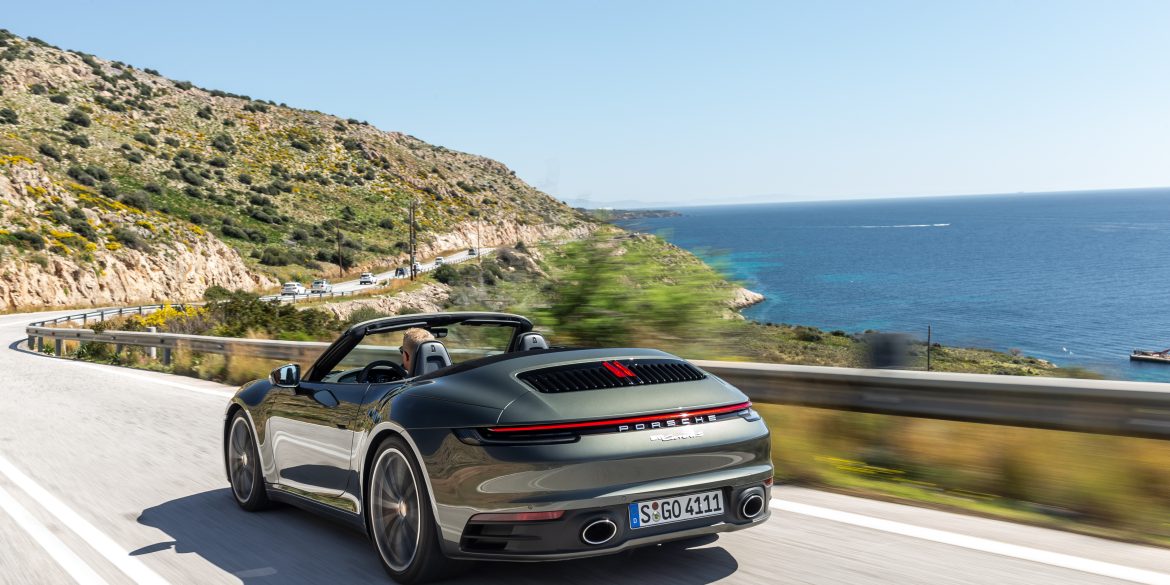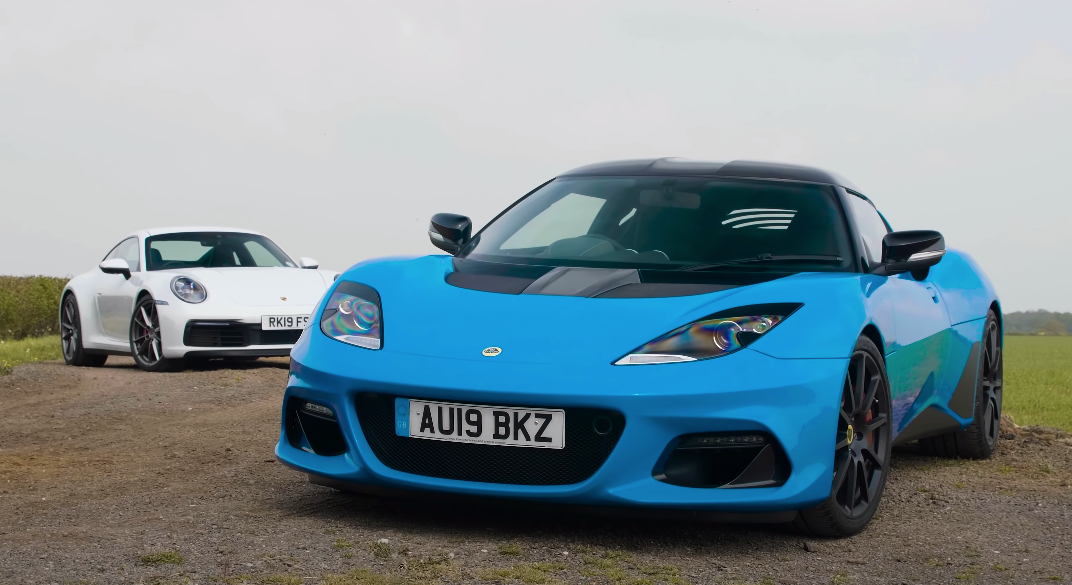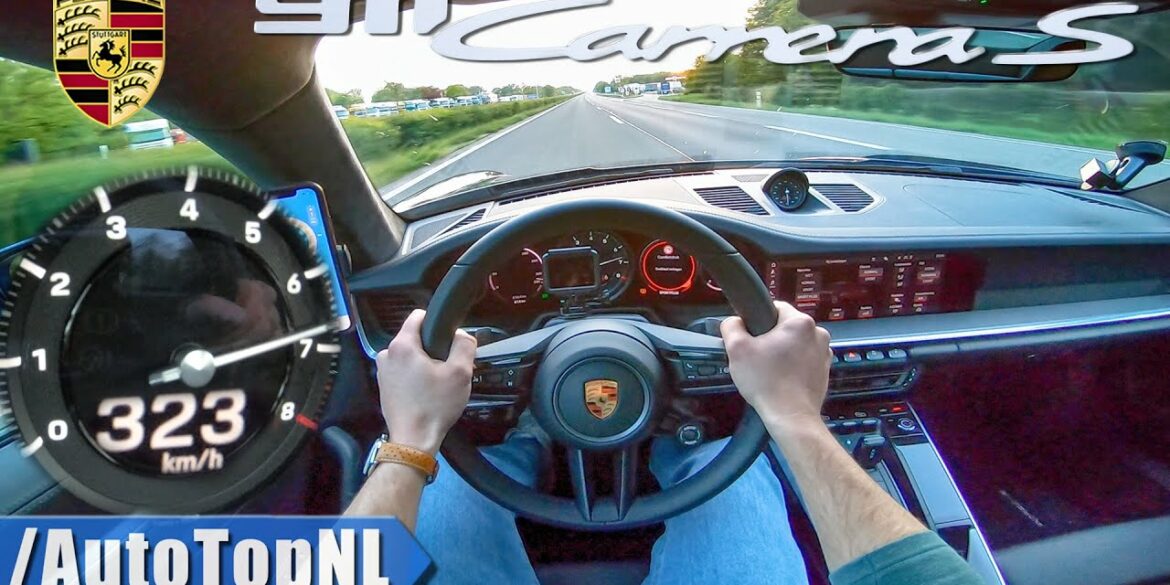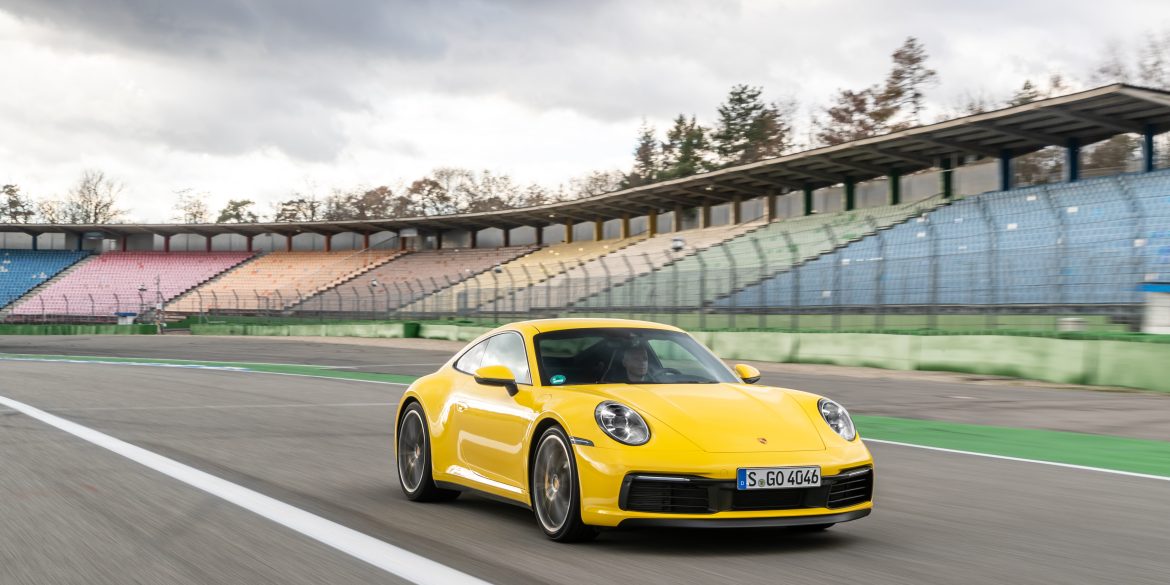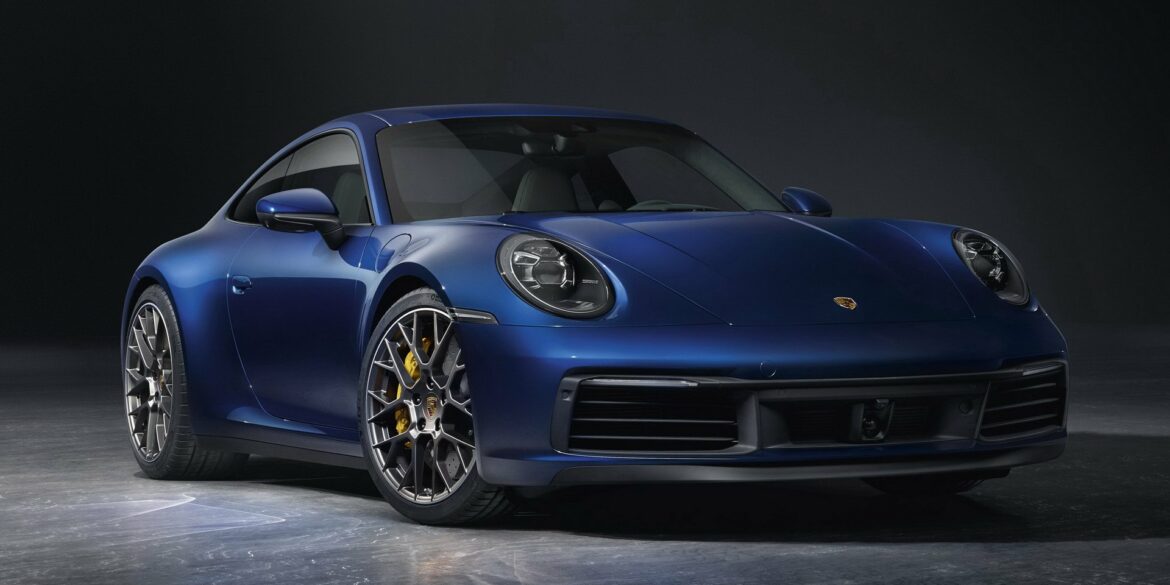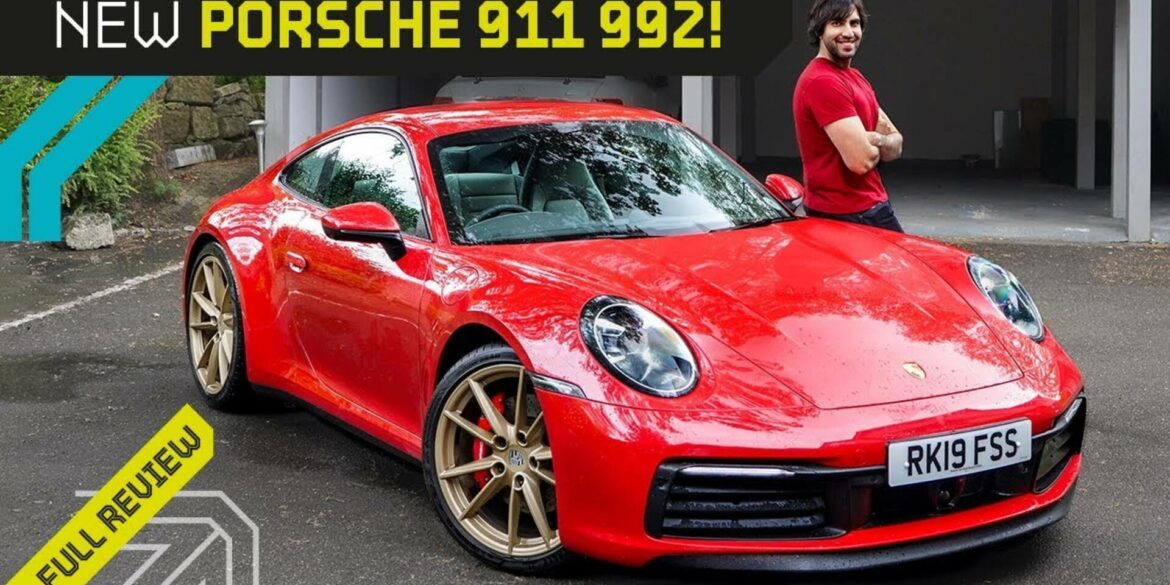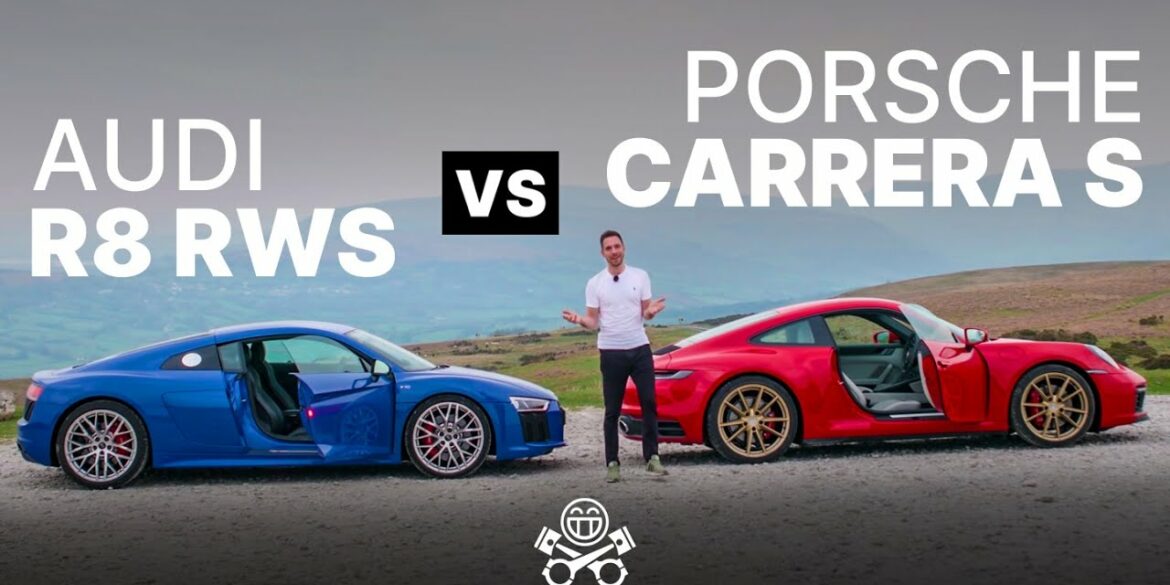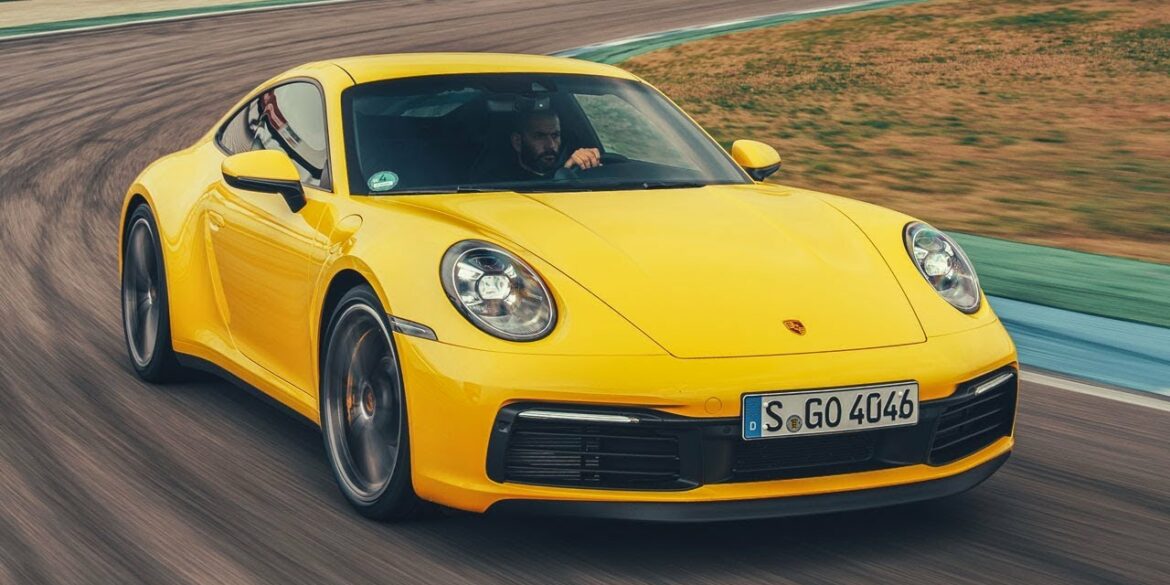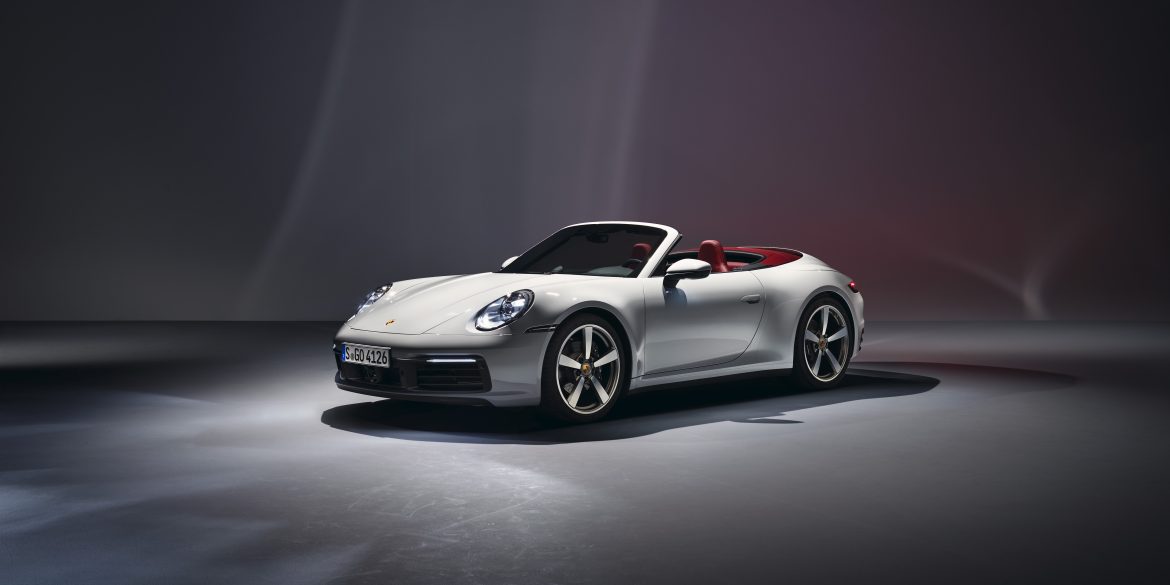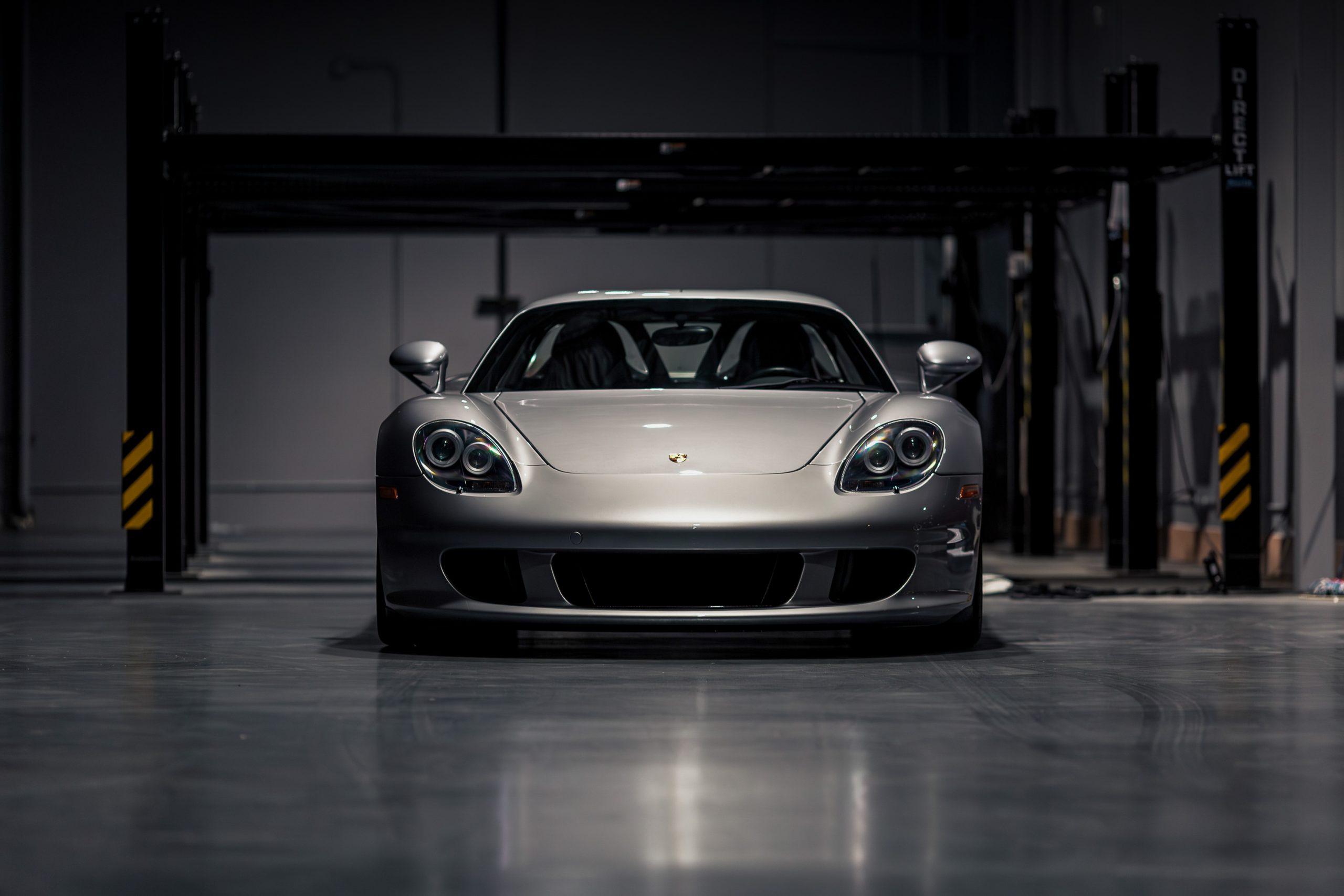Within the 911 range, the Carrera S is often considered the sweet spot between the base Carrera and the higher-end Turbo or GT3 models. It offers engaging driving dynamics, rear-wheel drive, and manual transmission options without the extreme compromises of the track-focused variants. Under the rear deck sits a 3.0-liter...
Current Porsche 911 Carrera S Cabriolet (992.2) Pictures & Gallery ...
Current Porsche 911 Carrera S Coupe (992.2) Pictures & Gallery...
2026 Porsche 911 Carrera S (992.2) Technical Specifications Model 911 Carrera S Generation 992.2 Model Year 2026 Technical Data Engine Engine layout Rear Engine Engine type Boxer, twin-turbo Cylinders 6 Valves per cylinder 4 Construction Aluminum crankcase and heads Fuel injection Direct Fuel Injection (DFI) Fuel Premium Displacement (Liters) 3.0...
No Subscription? You’re missing out Get immediate ad-free access to all our premium content. Get Started Already a Member? Sign in to your account here....
Porsche’s updated 911 Carrera S, now in its 992.2 generation, brings incremental but meaningful changes to the most popular trim in the lineup. The car still runs a 3.0-liter twin-turbo flat-six, now producing 473 horsepower and 390 lb-ft of torque. While torque output remains the same as before, it’s delivered...
Porsche is introducing the new Carrera S to the 911 lineup for the 2025 model year. Powered by a 3.0-liter twin-turbo boxer engine delivering 473 hp (353 kW), this model bridges the gap between the 911 Carrera and the 911 Carrera GTS. Featuring improved performance and driving dynamics, it outperforms...
Offering the same boosted power and precision as the Coupe, the Carrera S Cabriolet (992.2) adds open-air exhilaration to its 443-plus-horsepower punch. It’s equally suited to coastal cruises and spirited backroad drives.
The Carrera S Coupe (992.2) steps up performance with more power, sharper handling, and enhanced driver engagement. It’s the sweet spot between daily comfort and true 911 excitement for purists who want the edge without excess.
2025 Porsche 911 Carrera S (992.2) Technical Specifications Model 911 Carrera S Generation 992.2 Model Year 2025 Technical Data Engine Engine layout Rear Engine Engine type Boxer, twin-turbo Cylinders 6 Valves per cylinder 4 Construction Aluminum crankcase and heads Fuel injection Direct Fuel Injection (DFI) Fuel Premium Displacement (Liters) 3.0...
No Subscription? You’re missing out Get immediate ad-free access to all our premium content. Get Started Already a Member? Sign in to your account here....
AutoTopNL, despite being based in the Netherlands (hence the NL), likes to take cars to the German autobahn a lot. They also cover more than just cruising along at top speed. Now, they’ve got another video featuring a modified Porsche 992 Carrera S pushing 650 horsepower. For comparison, a stock...
No Subscription? You’re missing out Get immediate ad-free access to all our premium content. Get Started Already a Member? Sign in to your account here....
No Subscription? You’re missing out Get immediate ad-free access to all our premium content. Get Started Already a Member? Sign in to your account here....
The 992 Carrera S Cabriolet gets a twin-turbo 3.0-liter flat-six with 443 bhp and 390 ft lbs of torque. That is 29 more horsepower and 22 more ft lbs of torque than the outgoing model. With 443 horsepower and coupled to an eight-speed dual-clutch automatic, the new Carrera S cabriolet goes from zero...
No Subscription? You’re missing out Get immediate ad-free access to all our premium content. Get Started Already a Member? Sign in to your account here....
No Subscription? You’re missing out Get immediate ad-free access to all our premium content. Get Started Already a Member? Sign in to your account here....
…And the winner is… It’s time for another carwow drag race! This week, the all-electric Tesla Model 3 Performance is going against a born-and-bred supercar – the Porsche 911 (992) Carrera S! Victory seems almost certain for the 911, which goes from 0-60mph in just 3.5 seconds and is powered...
No Subscription? You’re missing out Get immediate ad-free access to all our premium content. Get Started Already a Member? Sign in to your account here....
No Subscription? You’re missing out Get immediate ad-free access to all our premium content. Get Started Already a Member? Sign in to your account here....
2019 – 2024 Porsche 911 Carrera S Cabriolet (992.1) Pictures & Gallery...
2019 – 2024 Porsche 911 Carrera S Coupe (992.1) Pictures & Gallery...
Awesome 992 Carrera S Review Porsche 911 992 Carrera S REVIEW POV Test Drive on AUTOBAHN & ROAD by AutoTopNL ...
…And the winner is… Thomas and James put some of the most exciting new cars head to head. The C8 Corvette is a proven entity on our drag strip, but how does it compare to its more expensive rival, the 992 Carrera S? Also along is the new and updated...
Head to Head – Porsche 911 GT3 (997) vs. 911 Carrera S (992) Little separates 997 GT3 and 992 Carrera S on paper: just 35hp difference in their flat-sixes means they’re within a tenth of each other to 62mph, and one mph at top speed. They both have manual gearboxes,...
No Subscription? You’re missing out Get immediate ad-free access to all our premium content. Get Started Already a Member? Sign in to your account here....
No Subscription? You’re missing out Get immediate ad-free access to all our premium content. Get Started Already a Member? Sign in to your account here....
The 1600+ Horsepower Drag Race The folks at Edmunds round up three of the best current sports cars and compare them, but in this video they focus on the fun part – a drag race. We have a 992 Porsche 911 Carrera S vs. Shelby GT500 vs. C8 Chevy Corvette....
American Muscle vs European Precision Thomas and James put some of the most exciting new cars head to head. Since the 911 crushed the C8 on the strip, it’s time to put it up against something else from GM. Something more sinister: The Camaro ZL1. 992 Carrera S vs the...
Sports Car Comparison ― Price, Performance & More The folks at Edmunds round up three of the best current sports cars and compare them. We have a 992 Porsche 911 Carrera S vs. Shelby GT500 vs. C8 Chevy Corvette....
2020 Porsche 911 Carrera S Wallpaper Collection...
Making The Case For Sticking With Manual We’ve covered three different versions of Porsche’s 992 so far: The Carrera S, Carrera 4S, and Turbo S. But we’ve never reviewed a 911 Cabriolet before, and Porsche just launched the Carrera range with an available no-cost 7-speed manual transmission! Though the car...
Which Do You Pick? The 992 Carrera S or the Lotus Evora GT410 Sport? This is almost a year old, but Henry Catchpole compared the new 992 generation Porsche 911 Carrera S against the car he believes to be one of its closest rivals, the Lotus Evora GT410 Sport. It’s...
During the coronavirus lockdown around the world, roads have been emptying of cars. In Europe, Germany locked down pretty quickly, leaving long stretches of its unlimited speed Autobahn sections virtually devoid of any traffic. As such, over the past few weeks, we’ve had some pretty astonishing top speed runs, such...
Is the new 992 the best 911 of all? The 992 version of Porsche 911 was launched in 2019. The 992 Carrera S with 450bhp from it’s twin-turbo 3.0 engine, it’s very quick but is it easy to live with and still a true 911? Find out here....
Porsche Wins, Sometimes The car-buying website CarWow does cool little drag races on its YouTube channel. In this video, the team decided to put the Tesla Model 3 up against what’s often called the best sports car out there, the Porsche 911. Not long ago, you’d expect the sports car...
No Subscription? You’re missing out Get immediate ad-free access to all our premium content. Get Started Already a Member? Sign in to your account here....
No Subscription? You’re missing out Get immediate ad-free access to all our premium content. Get Started Already a Member? Sign in to your account here....
Doug DeMuro Reviews the 2020 911 Carrera S The 2020 Porsche 911 is the newest version of an icon. Today I’m reviewing the new 992 911 and I’m showing you around the latest Porsche 992 911 (Carrera S) — and I’m revealing all of its quirks and features. Then I’m...
Nordschleife Hot Lap In A Porsche 964 RS vs. 992 Carrera S Porsche 911 Carrera RS (964), Porsche 911 Carrera S (992); Driver: sport auto’s Test Driver Christian Gebhardt; Track: Nordschleife; Lap times: 7.30, 41 min (992), 8.23,12 min (964); Tyres: Pirelli P Zero NA1 (992), Pirelli P Zero Trofeo...
Making More Power Than Claimed Toyota doesn’t appear to be the only company understating the power of its sports cars. Recently, MotorTrend did a dyno test of the Porsche 911 Carrera S and found that the car is making different power numbers than the company states in its literature. By...
First Drive in the 992 Carrera 2S The KING of Sports cars!! The motoring icon, the Porsche 911! Let’s explore the new one in a way only we can at RBR. Going 55 years strong, the 911 is back with a whole new 8th generation Model, internally designated 992. And...
PistonHeads Compares Two Great Sports Cars The new Porsche 911 has grown in size and is heavier than ever. So does it still thrill and entertain the way a true 911 should? In this video, PistonHeads’ Dan Prosser answers that question and wonders if for the same money, you’d be better...
First Drive in the 992 Carrera 2S Doorhandles that pop out? Cupholders that bump your elbows? Pinky fingers getting trapped? Chris Harris delivers some actual consumer advice… and then goes really sideways. This is his first drive in the 992 Carrera S....
The Porsche 911 Carrera S Cabriolet also features a heated glass rear window and integrated magnesium support elements. The automatic fabric top opens and closes at speeds of up to 31 miles per hour in just 12 seconds – one second quicker than before. The 992 Carrera S Cabriolet gets a twin-turbo 3.0-liter flat-six with 443 bhp and 390 ft lbs of torque. That is 29 more horsepower and 22 more ft lbs of torque than the outgoing model.
If the base 911 coupe doesn't do it for you, maybe the Carrera S coupe gets you over the line. For about $20k more, you get more horsepower, torque vectoring and bigger wheels. The Carrera S uses a version of the 3.0L twin-turbo flat-6 that generates 443 hp and 390 lb-ft of torque. Torque vectoring allows different amounts of torque to be distributed between drive wheels on the same axle. This means the inside wheel can turn slower than the outside wheel for improved cornering.


